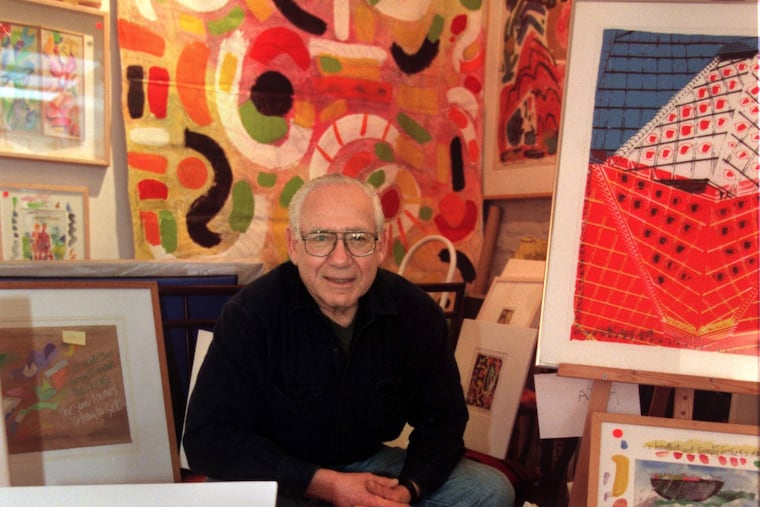Artists, advocates, and family members rush to save artworks inside UArts
As the school closes down, no one knows what’s happening to the works of Sam Maitin and other artists.

As the school closes down, no one knows what’s happening to the works of Sam Maitin and other artists.
